Description
- Constructed with top grade, lightweight, polymer material
- Assembled in North America
- SunPower flexible panels are the #1 choice for customers due of the combination of high power and cell ruggedness.
- The panel can be installed with adhesives and/or use of stainless steel grommets in the panel.
- The panels have standard quickconnect cables. An easy-to-follow installation guide is provided with each panel.
- SunPower’s panels are constructed with top-grade, light-weight polymer materials, allowing the for easy transport, installation and panel flexing up to 30 degrees.
- Made with SunPower’s highest power Gen II back contact cells, SunPower’s flexible panels deliver the highest power output and the highest charging capacity in their product class.
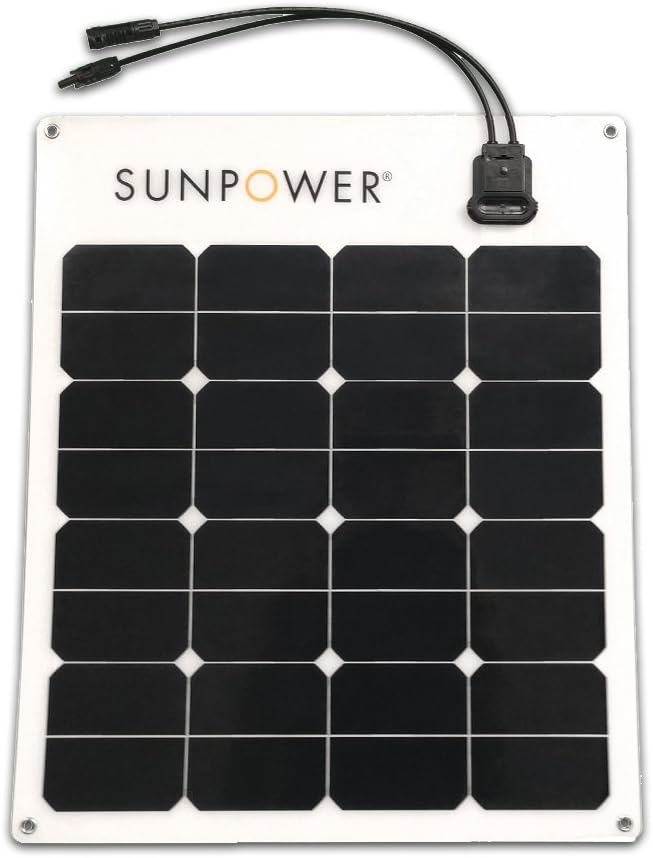
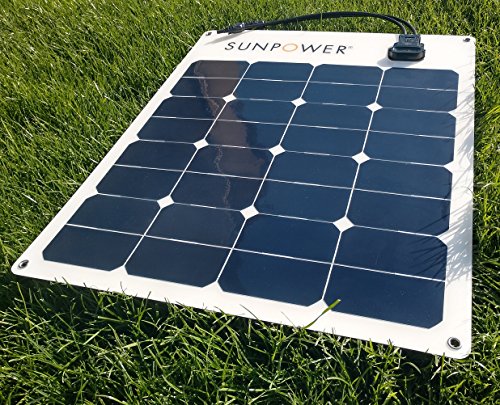
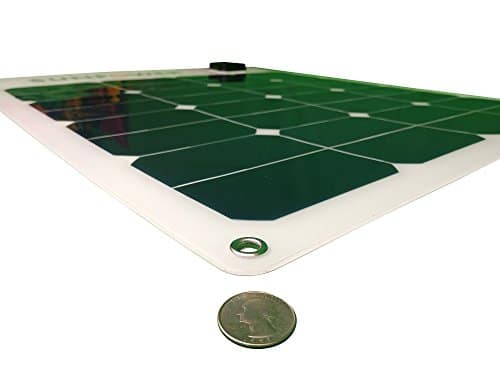
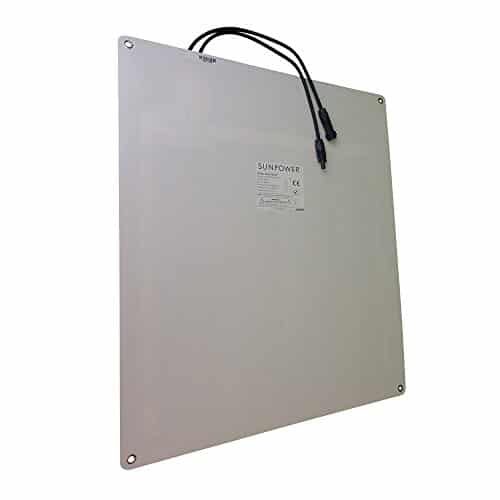

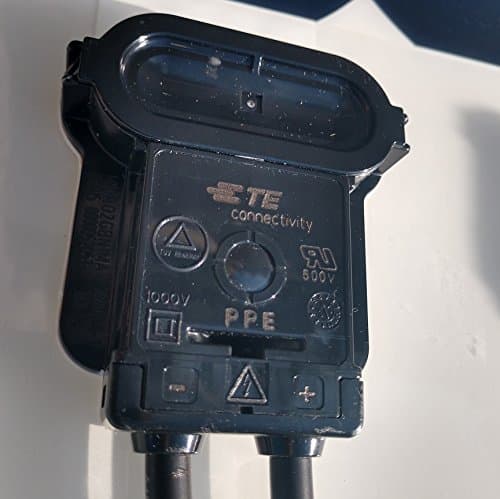
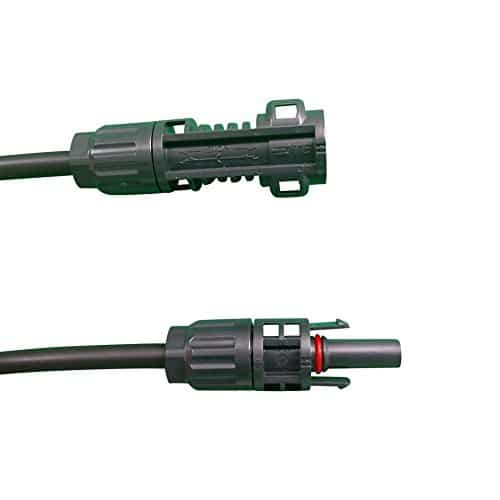
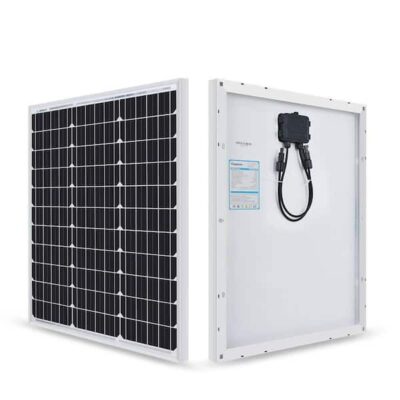
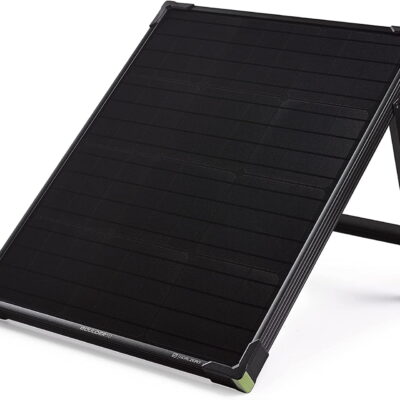

(None) –
…but not as much as I had hoped.
I use it with a charge controller from Buddipole to assist/replenish a 5 Ah 4s2p LiFePO4 battery powering a 100 watt (radio) transceiver.
I’m seeing 2.6 amps at 38 Watts at 14 VDC in my application – so with my charge controller limiting the charge to 14.5 VDC, the most that I can expect out of this 50 Watt panel is 41 watts (that’s about 82% of rated output). I have not yet been fortunate enough to try the set-up with the Sun directly overhead – the 2.6 amps is in 4 P.M area clear sky Florida Sunlight.
Be sure to take into consideration the intended battery voltage (you’d need 17.6 VDC at the rated 2.8 A to get 50 watts) at the rated 2.8 Amps when calculating whether or not you will ever see 50 watts out of this panel.
The panel appears very well constructed; and I expect that it will last for years with normal care.
I am very happy with the panel’s ability to meet my application’s needs.
Update 1/15/2020: No change – great panel – very satisfied
Update 3/7/2021: I’ve ordered a second one to double the capacity. I love the product.
Update 3/28/2021: The two panels, in parallel, today gave me over 55 watts at times to my battery (the charge controller tapers off charge as the battery approaches full charge). Today was a Ham Radio worldwide contest day – and I made 30 SSB contacts over a couple of hours near sunset – and the two panels topped off my battery as I was putting away the radio. Since I transmit at 100 watts peak – and since the transmitter is only around 60% efficient, the peak wattage needed from my battery/solar setup is likely over 166 watts or about 12 amps at voice peaks – and the solar setup keeps the little battery pretty well topped-off.
I’ve just ordered a replacement charge controller that also has a USB output – and I am hopping to use it to power the radio and either a) power the second 15.6” display panel or b) power the laptop AND the second display panel (and my cell phone – attached to the computer).
Bottom line: the solar panels are working well for my application.
Craig Hagan –
This cell is a beast. With a brand new cell (Boston area) I measured about 43w at about 330pm in late June using an omnicharge 20+ (note: the omni20 maxes at about 45w). I saw 34w with a renogy powerbank (its charge controller isn’t as capable as the omnicharge, and doesn’t handle voltages below 18v well). Want to add a kudos to the vendor, my first cell arrived damaged (a crease with cell cracks) from shipping and wasn’t producing full power. They were very nice and sent me a new one after we verified power output from the cell against what I should have been seeing, as it was only producing about 2/3 of expected output (~27-29w via my omnicharge). I wasn’t asked to return the damaged cell.
I use the sunpower quite often to work at parks with my laptop and an omnicharge or enginstar power bank. It cranks in the watts and is actually pretty good even in imperfect conditions. Strongly recommended for folks looking for a good solar cell to use in pleasant conditions.
Fast forward a few months. I recently went on a white water canoe trip to northern Maine. Since I have a CPAP, I needed power. I knew it was going to be a brutal trip on the solar cell, and i did my math and only needed 12w for a couple of 4 hour afternoon/evening stretches and producing “some power” during flatwater paddling to make my battery last. Because I’m a pack rat, I never threw out the damaged cell. I decided to take it since I knew it would be a rough trip on my gear. That cell suffered every possible indignity for over a week. I often had it underneath my gear on a canoe during rapids. I managed to (sigh) flip my boat multiple times, hit lots of rocks, scraped up the cell, and flexed it and the boat quite a bit when pinned on a rock. It also got banged around on portages and sometimes in camp, I tried to be careful, but… things happen. The Sunpower cell exceeded my expectations, even with all its wounds. I was able to finish the trip with my batteries nearly full, and was able to charge other people’s equipment, in addition to running my CPAP, which was a bonus.
After the trip, I set it up and was still cranking in the high teens of watts on my renogy and 26w using my omnicharge, voltage seemed down 1-2v from before, but otherwise looking surprisingly good. Having that panel with me let me charge my batteries and run my CPAP while I dried everything out several afternoons. I’ll bet if I polish out some of the scratches and scuffs I’ll be able to get back into the mid to high 20’s for watts on it with the renogy — in line with where it was before I started. I’ve included a photo showing the cell which had been previously damaged (see crease w/cell cracks) before going into the field, plus all of the scuff marks, with a brand new cell.
If you can handle the dimensions and the weight (which is reasonable for its size), it is a good friend for those who need power where the mains don’t go.
Jeff –
I have only had this item a couple months but it works better than expected so far. I am told that the flexible panels lose performance sooner than rigid panels, I will update this review if the performance declines faster than expected.
I purchased two of these to take to events where we will not be immediately near the vehicle but will likely need to charge items for ourselves and other people. The panels are small enough to pack away in a vehicle and light enough to easily carry from the vehicle to where we are setup for the day/weekend. They both produce the voltage expected and provide the specified amperage. I have seen each panel produce more than 58 watts for brief periods on very sunny days while charging larger 12V items and regularly see output greater than 40 Watts for much of the day under regularly occurring conditions through the early spring.
I also use a DC Buck converter with USB outputs to charge phones and other items. On very sunny days I can charge phones directly off of the panels, on days with intermittent cloud cover it works best to charge portable battery banks and then charge the phones from those. I have found that Voltaic Systems battery packs allow pass through charging so I can charge the phone from the battery while the battery pack is charging from the solar panel eliminating the need to keep swapping out multiple battery packs all day. At 50 Watts they are significant overkill for that use (10.5 Watts), but the advantage is that they work reliably for that use in nearly any reasonable weather and work from sunrise to sunset unlike the smaller backpacking type panels.
When not using for portable type uses I can easily connect them to a second charge controller attached to a large battery bank to improve charging times.
Craig Hagan –
Big problem is the design of female plug doesn’t allow for easy disconnect.